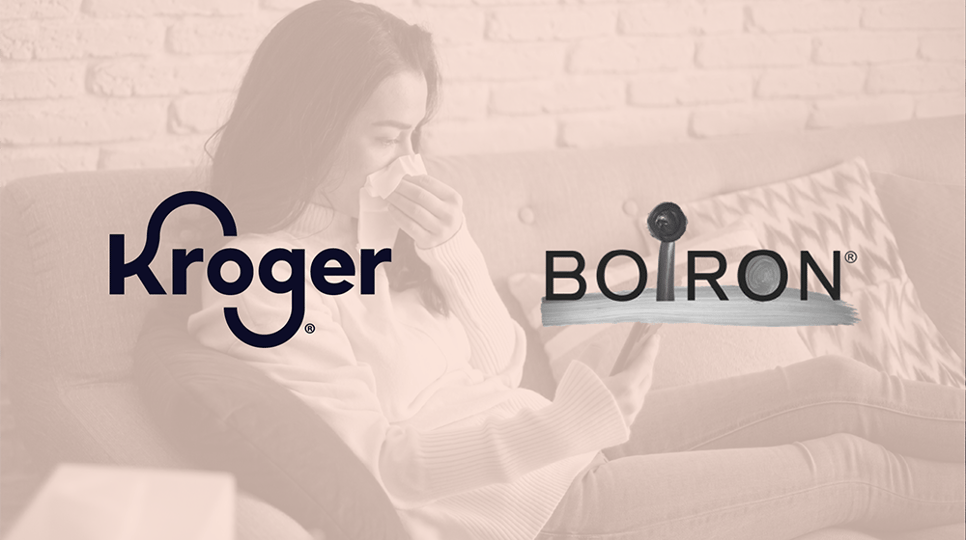Case Studies Connected TV
Bayer Rx activates live sports on CTV to reach a niche audience

Recruiting fraud is a growing issue for many companies.
The Trade Desk takes this issue seriously and is taking steps to address it.
Share:
HCPs turn to the open internet both at work and at home to manage patients, meet clinical demands, and stay current on medical research. By knowing when and where they engage and what messages capture their attention, pharma marketers can reach HCPs during key decision moments.
To help marketers better understand how to connect with this audience, The Trade Desk Intelligence hosted “Prescriptive Advertising: How HCPs Really Engage With Media,” a webinar detailing what media HCPs consume, how they consume it, and why an audience-first omnichannel approach across premium media drives greater results across the open web, according to research conducted in partnership with YouGov.
Here’s what you need to know.
HCPs have packed schedules, with 93% of them seeing patients four or more days per week. And 38% of HCPs spend over six hours per week researching new treatments and medications. Our research shows that:
· 90% of HCPs rely on digital sources for clinical research
· 70% cite online publications as one of their most used resources
· 61% of HCPs find value in ads during research that can inspire or inform treatment decisions
Despite their hectic schedules, HCPs must still carve out time for research, usually in short bursts throughout the day and in deeper dives at night. To reach HCPs, keep their entire day in mind. Think: podcasts during a morning commute, in-office materials and websites during office hours, and in the evening, connected TV (CTV) and news websites.
Podcasts are an effective way to reach HCPs during commutes to work (“white coat” moments), as 40% of HCPs say they discover new treatments through streaming music and podcast ads. And CTV is ideal for their time off work (“blue jean” moments). Although they may be home relaxing, 54% of HCPs say they discover new treatment options during that time.
The open internet is crucial for reaching HCPs, regardless of the time of day, because ad recall is higher versus in walled gardens. Our research shows that HCPs recall ads 2.2 times more often during white coat hours and 1.7 times more often during blue jean moments compared to walled garden environments.
Understanding what mindset HCPs are in, what moments they are in throughout the day, and what media they consume helps avoid overexposure. HCPs are sensitive to overexposure of ads, with 54% saying seeing an ad too many times has a negative impact on brand perception. For instance, incorporating digital audio into your plan helps ensure marketers are hitting the right frequency.
An omnichannel strategy focused on premium sites, more precise targeting, relevant messaging, and balanced frequency can help lead to faster connections with HCPs. Our research shows that omnichannel campaigns, where all channels are working together, are 1.5 times more persuasive and 2.2 times less fatiguing than multichannel campaigns, where media buying may be done in a more siloed fashion, risking overexposure.
Creating campaigns rooted in considerations around health care providers’ schedules, interests, and media habits helps drive better performance outcomes and boosts the chances that your messaging is in the decision moments that matter.
For more insights on how to connect with this audience, download our pharma marketing report, Reaching Health Care Providers Where It Counts, today.
Source:
The Trade Desk Intelligence and YouGov, Prescriptive: Reaching HCPs, U.S., n=254, July 2025.
Case Studies Connected TV

Resources Data and measurement

Case Studies Retail Media
